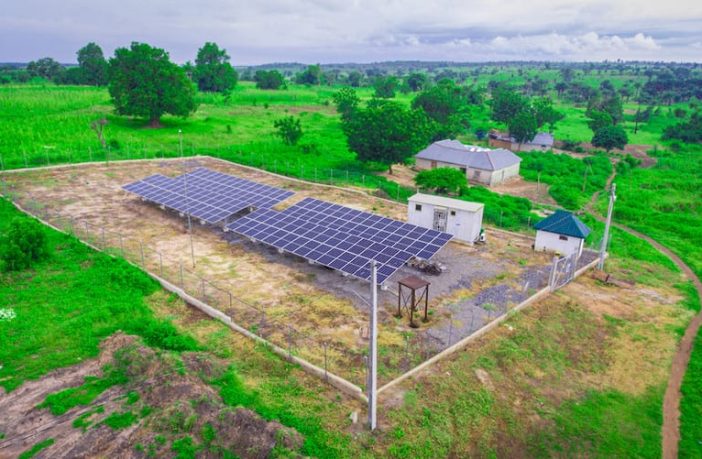- As the transition to a low-carbon economy gathers pace across emerging economies and new technologies and untapped demographic segments come to the fore, blended finance offers a solution that can help alleviate the technological and market risks allowing such projects to access affordable capital, according to a new joint report by IEEFA and auctusESG.
The report says that in developing and emerging economies, commercial financiers are mostly backing utility-scale wind and solar projects at the expense of smaller-scale projects, such as minigrid solar, which offer economic, social and environmental benefits for all, especially in economies that still face energy poverty.
“Blended finance is typically for projects with combined developmental objectives, which otherwise do not get funded via conventional financing channels, or for those sectors where the risk-return profile of a project is yet to be established but they need to scale,” says the report’s co-author, Vibhuti Garg, director of South Asia for IEEFA. “Its primary role is to bridge the gap between the level and direction of finance flows required from a social perspective and the flows determined by prevailing market conditions.”
Blended finance fits in as a financing tool for the aforementioned types of projects by pooling public and private capital in a risk-adjusted return structure, while adding an element of concessional capital to the pool.
“Commercial entities focus on risks and returns, and gauge risk based on factors such as proven business models, visibility of cash flows, and credentials of borrowers, which often are not strong in the case of several small scale and emerging interventions in clean energy,” says co-author Namita Vikas, the founder and managing director of auctusESG.
Blended finance incorporates a wide range of stakeholders, such as a nodal implementation agency, commercial capital providers (microfinance institutions, banks and non-banking financial companies), catalytic capital providers (multilateral development banks, philanthropies), project developers, local communities, customers, auditors and consultants.
“Blended finance can essentially help pay for positive social benefits by combining commercial borrowings with concessional instruments such as grants or subsidised loans from the government, philanthropic resources and multilateral development banks,” says co-author Shantanu Srivastava, lead analyst of sustainable finance and climate risk for IEEFA. “At the same time, blended finance is not a grant, and demands reasonable financial returns, even if the desired returns may, at times, vary from market returns.”
The report focusses on minigrids as a renewable energy resource that aligns with a just transition in areas where the cost and reliability of central grid power is a bottleneck. It provides a go-to market strategy for capital providers looking at energy transition as an opportunity. It shows how blended finance’s bespoke structure can help aggregate smaller projects at commercially viable scale: a win-win for all and a shining example of trickle-down economics that actually works.
Link to the full report HERE
Author: Uma Gupta
This article was originally published in pv magazine and is republished with permission.















